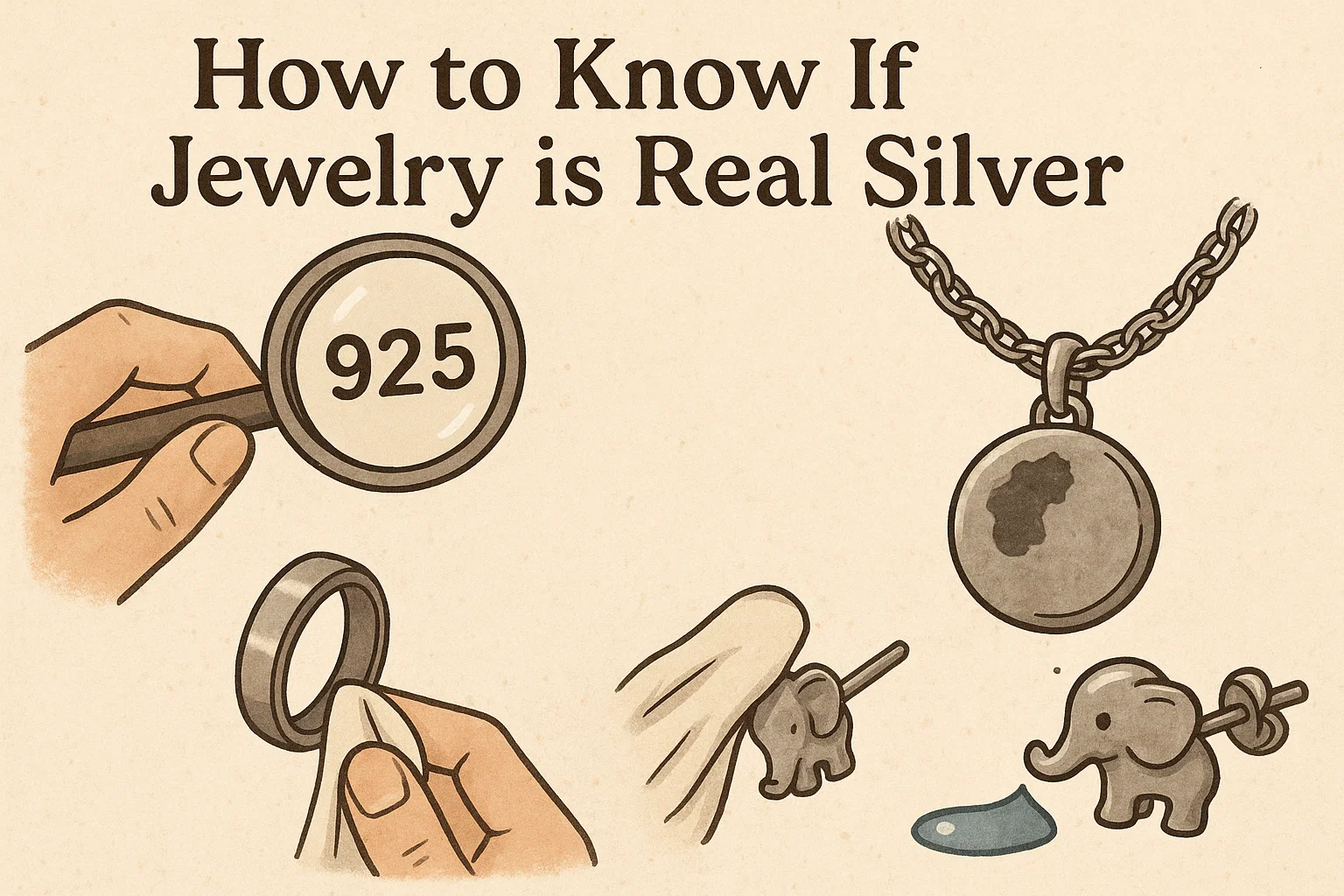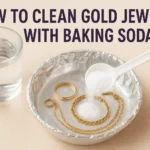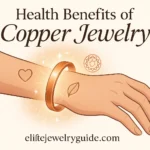Determining if jewelry is real silver can be tricky. But it is essential to know to avoid fake pieces.
Silver is beautiful and valuable, but fake silver is common. So, how can you tell if your jewelry is genuine silver? Real silver, also known as sterling silver, has unique characteristics. Recognizing these traits can save you from buying fake items.
In this blog, we will guide you through simple tests and tips to identify real silver. Whether you’re a collector or just curious, these steps will help you feel confident in your silver jewelry. Let’s dive in and discover how to spot the real deal.
Identifying Real Silver
Real silver has a shiny look. It is not too bright. Look for a stamp. Most real silver has a mark. It may say “925” or “Sterling.” The stamp is usually small. Check with a magnifying glass.
Real silver tarnishes over time. It turns black or green. This is normal. Silver reacts with air. Fake silver stays shiny. Sometimes, real silver has a patina. This is a dull layer. It shows age. Many people like this look. It adds character. Fake silver does not have a patina.
Stamp Marks
Hallmarks show the origin of the silver. They often include a symbol or logo. This symbol tells where the piece was made. Different countries have unique hallmarks. Sterling silver is marked with “925”. This means it is 92.5% pure silver.
Purity stamps indicate the silver content. Common purity stamps are “999” and “925”. “999” means pure silver. “925” means sterling silver. These numbers are easy to find on good jewelry. Real silver jewelry always has a purity stamp.
Magnet Test
Testing with a magnet is a simple way to check silver jewelry. Real silver is not magnetic. If the piece sticks to a magnet, it is not genuine silver.
Why Magnets?
Silver is not magnetic. This means a magnet will not stick to it. Use a small magnet for the test. Hold it close to the jewelry. If the magnet sticks, it’s not real silver. The magnet test is quick and easy. It helps you check if silver is genuine.
Interpreting Results
If the magnet does not stick, it could be real silver. But this is not a sure test. Other metals are also non-magnetic. If the magnet sticks, the jewelry is not real silver. It might be silver-plated or made from another metal. For a more accurate test, visit a professional jeweler.
Chemical Tests
First, get a small dropper of nitric acid. Find a hidden spot on your jewelry. Add a drop of the acid there. Real silver will show a creamy white color. Fake silver will turn green. Be cautious, nitric acid is strong. Wear gloves and protective glasses.
Use household bleach to test silver. Place a drop on the jewelry. Real silver tarnishes quickly. Fake silver will not react the same way. Always rinse the jewelry well after testing. Bleach is also strong, so handle with care.
Sound Test
Tap the silver jewelry with a metal object. Real silver makes a distinct sound. It produces a high-pitched “ping” sound. Fake silver sounds dull or flat. The sound test is easy. Try it at home. Listen carefully to the sound.
Repeat the test if unsure. Compare the sounds. Real silver always sounds bright. Fake silver does not. This test is not perfect. But it helps. Trust your ears. They can tell the difference. Practice makes it easier.
Weight And Density
Jewelry made of real silver has a distinct weight and density. Genuine silver feels heavier compared to fake pieces. Always compare the weight to similar items to check authenticity.
Silver is a heavy metal. Real silver has a specific weight. Compare it to other metals. Fake silver is often lighter. Use a jeweler’s scale. Check the weight in grams. Compare with known silver items. If the weight is off, it may not be silver.
Density is another way to check. Use a simple test. Fill a cup with water. Drop the item in. Measure the water level rise. Calculate the volume. Weigh the item. Divide weight by volume. Real silver has a density of 10.49 g/cm³. If the density is different, it might be fake.
Professional Appraisal
Discover if your jewelry is real silver through a professional appraisal. Experts check for authenticity using various tests. This ensures the value and quality of your precious items.
When To Seek Experts
It is crucial to know if your jewelry is real silver. Seeking a professional appraisal can help. Experts have the right tools. They use tests to confirm authenticity. They can spot fake silver easily. Professionals provide you with a detailed report. This report confirms the quality of the silver. Trusting experts ensures you get accurate results. They give you peace of mind about your jewelry.
Choosing A Reputable Appraiser
Select an appraiser with a good reputation. Check their credentials and experience. Read reviews from other customers. Ask friends for recommendations. Make sure they use proper testing methods. Certified appraisers are reliable. They follow strict guidelines. This ensures they provide honest results. Always choose someone you can trust.
Common Silver Alternatives
To identify real silver jewelry, check for marks like “925” or “Sterling. ” Also, use a magnet; real silver isn’t magnetic. Common alternatives include stainless steel, silver-plated items, and white gold.
Sterling Silver
Sterling silver is a popular choice for jewelry. It is 92.5% pure silver. The remaining 7.5% is usually copper. This mix gives the metal strength. Sterling silver tarnishes over time. Regular cleaning keeps it shiny.
Silver-plated Items
Silver-plated items have a thin layer of real silver. The core is another metal like copper or brass. This makes them cheaper. The silver layer can wear off. Look for signs of wear or base metal showing.
Conclusion
Identifying real silver jewelry is essential for value and authenticity. Check for stamps and markings. Use a magnet to test its properties. Perform simple home tests, like the ice cube method. Consult a jeweler for expert advice. Always stay informed to make smart choices.
With these tips, you can confidently verify your silver pieces. Happy jewelry hunting!








Leave a comment